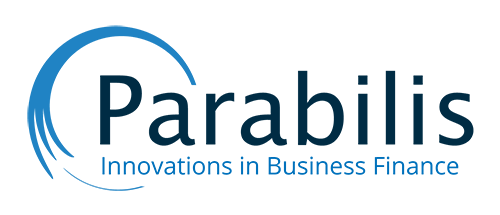Part 1: Don’t Pay More for Less
Companies of all sizes and industries face one common problem: working capital shortages. In the government contracting industry, a common solution to this problem is invoice factoring. Invoice factoring, or the selling of invoices in their full amount to advance the collection of cash, was originally intended as a supplement (not a replacement) for credit financing and was primarily intended for large and well-established firms. For businesses with seasonal revenue, factoring can be used strategically in combination with other methods to remain cash flow positive in down months. However, when applied by small businesses, which typically have smaller invoices, factoring will often culminate in overborrowing and overpaying. Factoring’s fatal flaw lies within the total cost to the borrower; with hidden fees and limited flexibility, factoring is often an expensive and unsustainable remedy for working capital shortages.
Factoring can lead small businesses into a cycle of dependency that proves difficult to escape, constantly factoring new invoices to catch up on the cost of the previous.
Factoring also requires the borrower to sell the entire invoice, which further restrict a borrower’s options. For example, imagine that Borrower A pays monthly expenses of $85,000 and receives payment of one $125,000 invoice per month. Factoring is a tempting option for Borrower A, promising an 8.75 percent APR pitched as a daily rate of .024 percent. If the factoring advance rate is 85 percent, Borrower A will initially receive $106,250 once the invoice is approved, even though they needed just $85,000. However, once the invoice is paid directly to the factoring company, proprietary fees will be deducted. Factoring fees typically consist of discount fees, purchase advance fees, transaction fees, and unused fees which are added together to make up the total cost of factoring the invoice (for more details on factoring fees, see Part 2 of this series). Borrower A will receive a residual payment of approximately $16,885, after fees and interest of $1,865 this is equivalent to an APR of 21 percent.
Given the true cost and inflexibility of factoring, small businesses should search for a more adaptable and affordable solution.
Borrower B, on the other hand, opts to use a revolving line of credit. Whereas Borrow A’s actual annual interest rate is larger due to a hidden set of monthly fees, Borrower B’s interest rate is transparent. Borrower B only borrows what is necessary to pay the monthly expenses, regardless of when the invoices get approved or paid; as payments flow in, the balance reduces along with the interest expense. Borrower B can draw on the line as they incur expenses throughout the month, while Borrower A is forced to borrow everything upfront. Even in Borrower B’s worst-case scenario, if the $85,000 is outstanding for the full 30 days at a competitive APR of 14 percent, or 1.17 percent per month – this would cost Borrower B $990 plus the annual 1 percent commitment fee (an annual fee for the on-demand access to the entire facility ceiling for the full 12-month period), which is spread over the 12-month loan at $200 per month. Once paid, the line reaches $0 and no more interest accrues until the next borrow. Compared to the cost of factoring, Borrower B saves nearly $700 in a single month, and $8,400+ annually.
Given the true cost and inflexibility of factoring, small businesses should search for a more adaptable and affordable solution to working capital shortages. In Part Two of The Perils of Factoring, we take a deeper look into the monthly costs of factoring compared to a line of credit.

